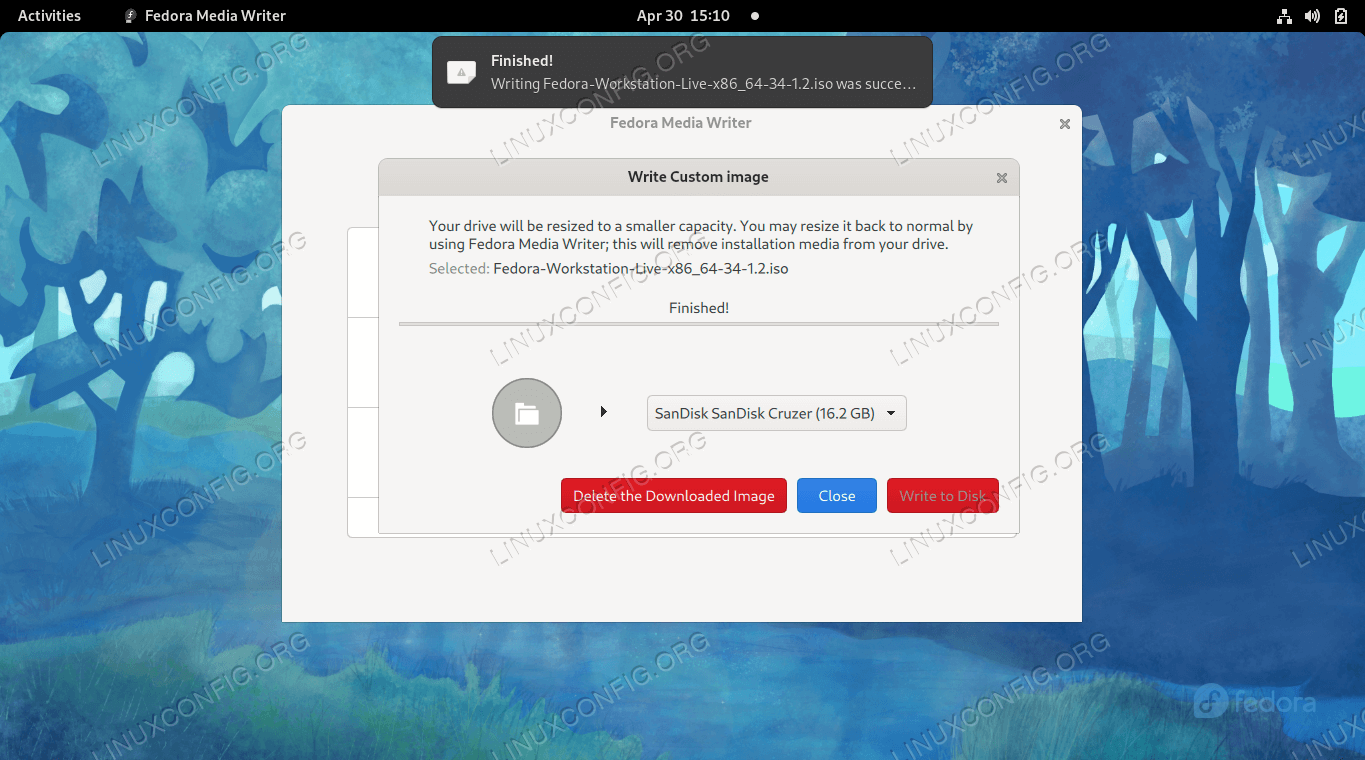

Distributor ID: Ubuntu Description: Ubuntu 19.10 Release: 19. Hence when you first install Ubuntu/WSL from the Store, it doesnt include any X Window related libraries or utility programs zuluMount-gui is ideal for use as a desktop environment/file manager independent tool for mounting/unmounting encrypted and unencrypted volumes The Linux Unified Key Setup or LUKS is a well documented disk encryption. lsbrelease -a results: No LSB modules are available.
USE DDRESCUE GUI HOW TO
I have another disc I haven't been able to rip for ages so I will attempt the same process with that one. Python version 3.7.5rc1 wxPython version 4.0.6 gtk3 (phoenix) wxWidgets 3.0.4 GNU ddrescue version 1.23 GetDevInfo version 1.0.6. This video explains how to install DDRescue-GUI - It is a GUI command-line tool used to recover data from hard drives and USB flash drives.For more explanati.

I ran up makemkv via the dat file and VOILA!!! Needless to say im a happy chappy, apologies for the thread hijack but I assume this info will be useful for someone down the line, I will be backing the rescue image, dat file and everything else somewhere safe should I need it again! dat file I placed soft links to the three top level folders in the mounted disc image (the image just freshly rescued) so I didnt take up the space.
USE DDRESCUE GUI UPDATE
The ddrescue-gui which is GUI frontend for original GNU DDrescue is available from PPA: sudo add-apt-repository ppa:hamishmb/myppa sudo apt update sudo apt install ddrescue-gui. That is, you dont have to wait for an error, stop the program, read the log, run it in reverse mode, etc. The basic operation of ddrescue is fully automatic. The next step I took was out of necessity rather than anything else, I am running out of HDD space so instead of copying over the BDMV folder to the location of the. GNU DDrescue (command line tool), since it available on default repositories you only need: sudo apt install gddrescue. It copies data from one file or block device (hard disc, cdrom, etc) to another, trying hard to rescue data in case of read errors. My suspicion is that the drive didn't kick up a read error but instead gave garbage data (hence the ton of hash check errors in makemkv?), I kicked myself for not making a backup of the mapfile before I ran that last rescue.įor my linux machine I had actually installed ddrescue-gui so I ran that up with the intention of doing another rescue attempt (from the start), I noticed several presets in the settings.one of which reduced the block read size and was labelled "best recovery" so I ran the disc up with that setting and the whole disc was rescued in just under 40m!?!?! (the previous rescue would take ~16hr). The isopropyl didnt seem to make any difference but I will still use it to clean any discs that I have trouble with later.

I ran through the remaining steps and unfortunately makemkv was still unable to rip the titles I needed from this one so I gave up temporarily. OK TLDR: I succeeded in rescuing the disc!ĭdrescue zoomed through the remaining 1100 or so Kb on the last attempt a couple of days ago so I thought "Wow!".


 0 kommentar(er)
0 kommentar(er)
